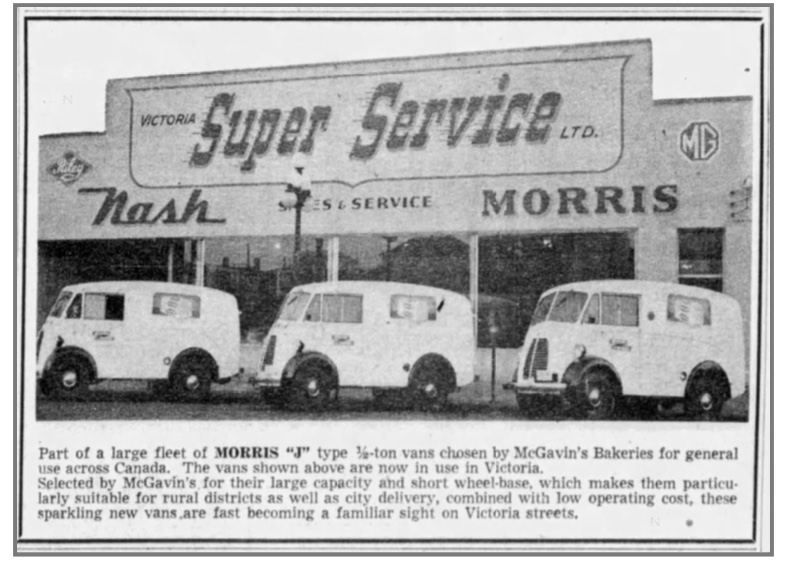Here is the link. http://www.carandclassic.co.uk/car/C630569#
Its a September 1952 van, looks a good one. (Thanks to Old Slouchy for finding this advert)
Another van is for sale in Oz, this is a new find, so yet another van has come to light, these are almost getting common.
Advert states,
For sale is my Morris J van photos do make up most of my description.
This is a harder to get project van.
Still has origanal baker boy graphics on sides and back, has 5 unused bread bags with a letting from the original delivery driver. Year is unknown but can be searched up chassis no. 41570.
It is complete but not running, lots of spare parts including spare engine bock, clutch, pistons, globes,
camshaft, water pump, headlight bulbs, two stock rims, j type workshop manual, j type
supplementary manual, j.2 manual and lots of bits and bobs.
Even has origanal key still in the ignition.
Shows signs of rust all over.
Roof very sound side and door sills would need to be repaired.
Message me for viewing please no tire kickers or time wasters.
| What a nice project, a late 1958 JB van. It would be so good to see that restored . |

















